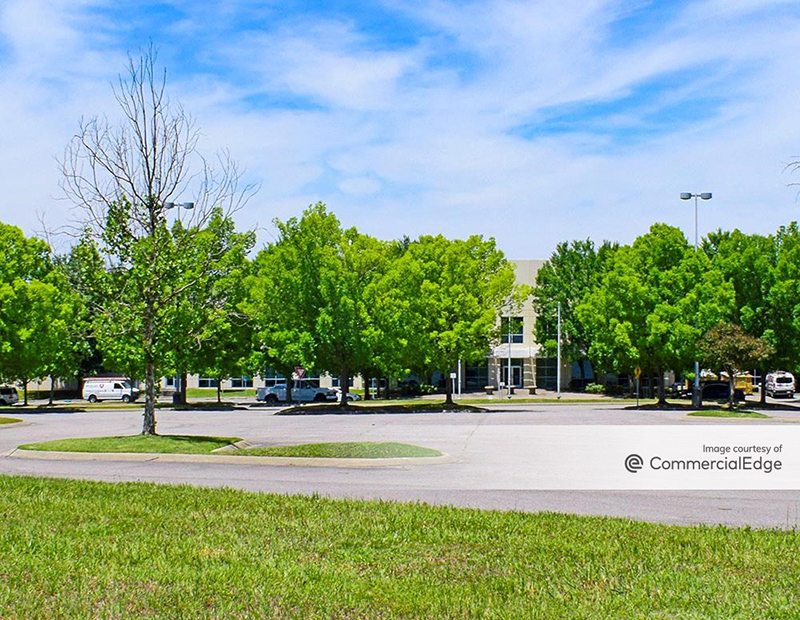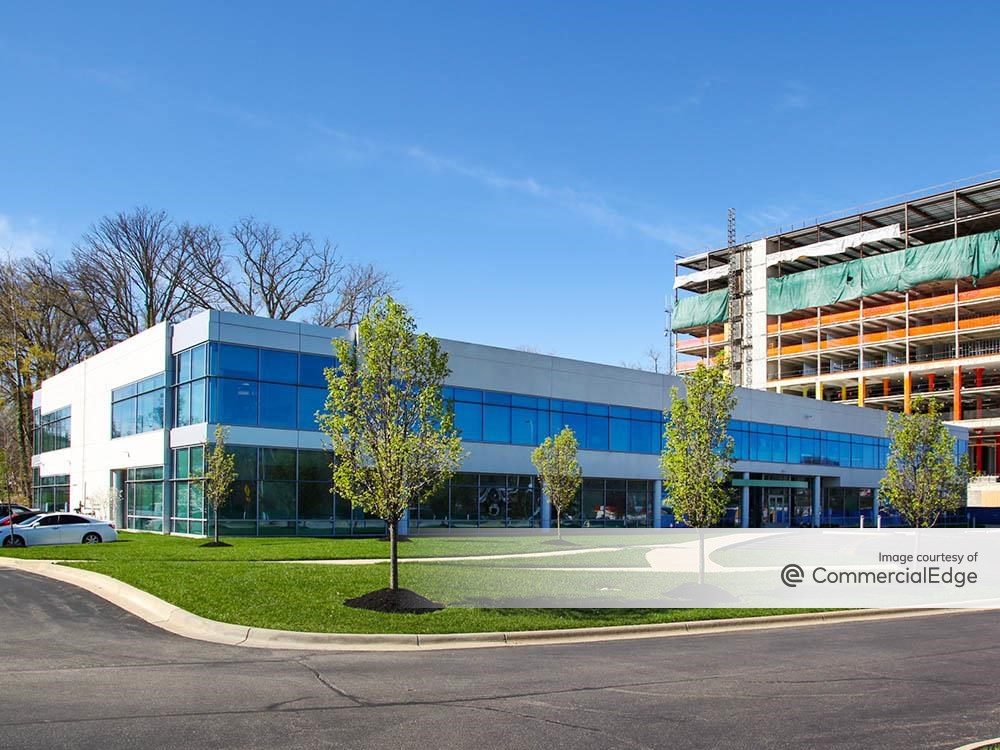When Good Tenants Go Bad
By Jay Maddox, Principal, Avison Young: What is an owner to do when his formerly blue-chip tenant files for Chapter 11?
By Jay Maddox, Principal, Avison Young
Several recent high profile retailer bankruptcies – Radio Shack, Haggen Stores, and Quicksilver – to name just a few – shine a light on a very difficult problem for commercial property owners. This problem is exacerbated for single-tenant net-leased investments (STNL) that rely exclusively on the income from one tenant and have become a virtual safe-haven for many investors, especially 1031 exchanges.
So, what is an owner to do when his formerly blue chip tenant files for Chapter 11? To be sure, there are no easy answers, but it helps to have a basic understanding of available rights and remedies. Bankruptcy provides some protection for property owners, but overall these protections fall short of the actual remedies generally available under the lease.
The Murky World of Bankruptcy
Bankruptcy is a complex world filled with arcane, confusing terms and governed by a complex court process. Ultimately, it is litigation, and it is a forum for debtors to work out a recovery plan. A bankruptcy filing provides the debtor immediate breathing room from creditors’ claims including law suits and past due rent. And to add to the misery for owners, the bankruptcy provisions common to most leases, which allow the landlord to evict a bankrupt tenant, are unenforceable.
Under the Bankruptcy Code, commercial property leases are deemed “executory contracts” that must either be “assumed” or “rejected” by the bankrupt tenant. The tenant has as much as 210 days to decide whether to accept or reject the lease. In a large retailer bankruptcy involving hundreds of stores, the decision to keep or close certain stores is typically part of a larger negotiation with creditors. The good news for landlords is that during the intervening time period the tenant must pay rent and fulfill its lease obligations. The bad news is that the landlord is in limbo until the lease is either assumed or rejected, and the tenant does not have to pay past due amounts incurred before the bankruptcy filing. Worse, unlike a mortgage lender, the property owner faces the prospect of becoming a general unsecured creditor if the lease is rejected. Given the risk and potential delay, landlords occasionally attempt to force the tenant’s hand by filing a court motion to compel a decision.
Assumption or Rejection of the Lease
If the lease is assumed, the bankrupt tenant must cure all defaults including past due payments. If there is a subsequent default, the landlord’s claim gets paid in full ahead of all other unsecured creditors. This sounds like a good result; however, there is a flip side. Once the lease is assumed, the tenant has the right to sell or assign it to a third party – even if the lease prohibits it – without the landlord’s approval. Consequently, the owner may be stuck with a below-market deal or an unwanted tenant.
If the lease is rejected, the tenant must immediately surrender the premises to the owner, who is then free to seek a new tenant. The owner will have a general, unsecured claim in the bankruptcy for unpaid rent and other amounts due under the lease. In addition, the owner can be compensated for future rent; however, in a bankruptcy, the owner’s claim for future rent is capped by a formula, regardless of what the lease says.
A Word About Unsecured Claims and Creditor Committees
The owner whose lease is rejected must file a “proof of claim” by the court-ordered deadline. Failure to do so may result in no damages recovery. The owner then becomes a general unsecured creditor, together with other unsecured creditors such as unpaid vendors. Unfortunately, unsecured creditors sometimes collect only a fraction of their claims.
For that reason, in most large retailer bankruptcies, the unsecured creditors form a committee comprised of representatives of the largest creditors. A landlord with a large claim may elect to serve on the committee. The committee then hires legal counsel and other professionals to help protect its interests.
Because many important issues must be addressed early in the bankruptcy case, creditor committees are typically formed quickly. This places landlords at a potential disadvantage because their status as creditors may be unknown. For this reason, owners may want to hire professionals and/or take other actions to represent their interests.
Bankruptcy is a murky road, fraught with peril, where an unwitting investor can easily lose his shirt. In any case, an owner would be wise to seek advice from bankruptcy and real estate experts if a tenant bankruptcy occurs or is imminent.







You must be logged in to post a comment.